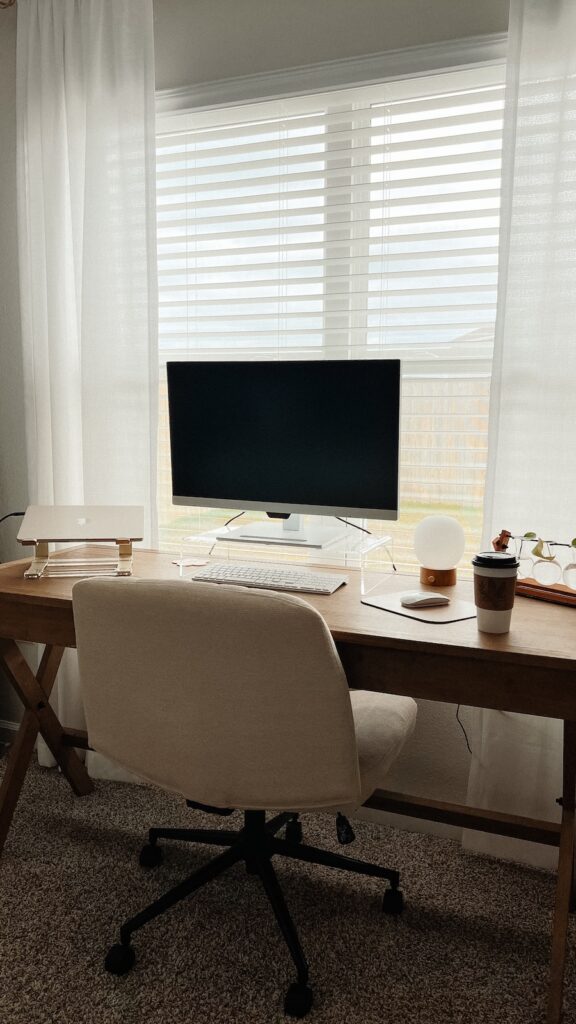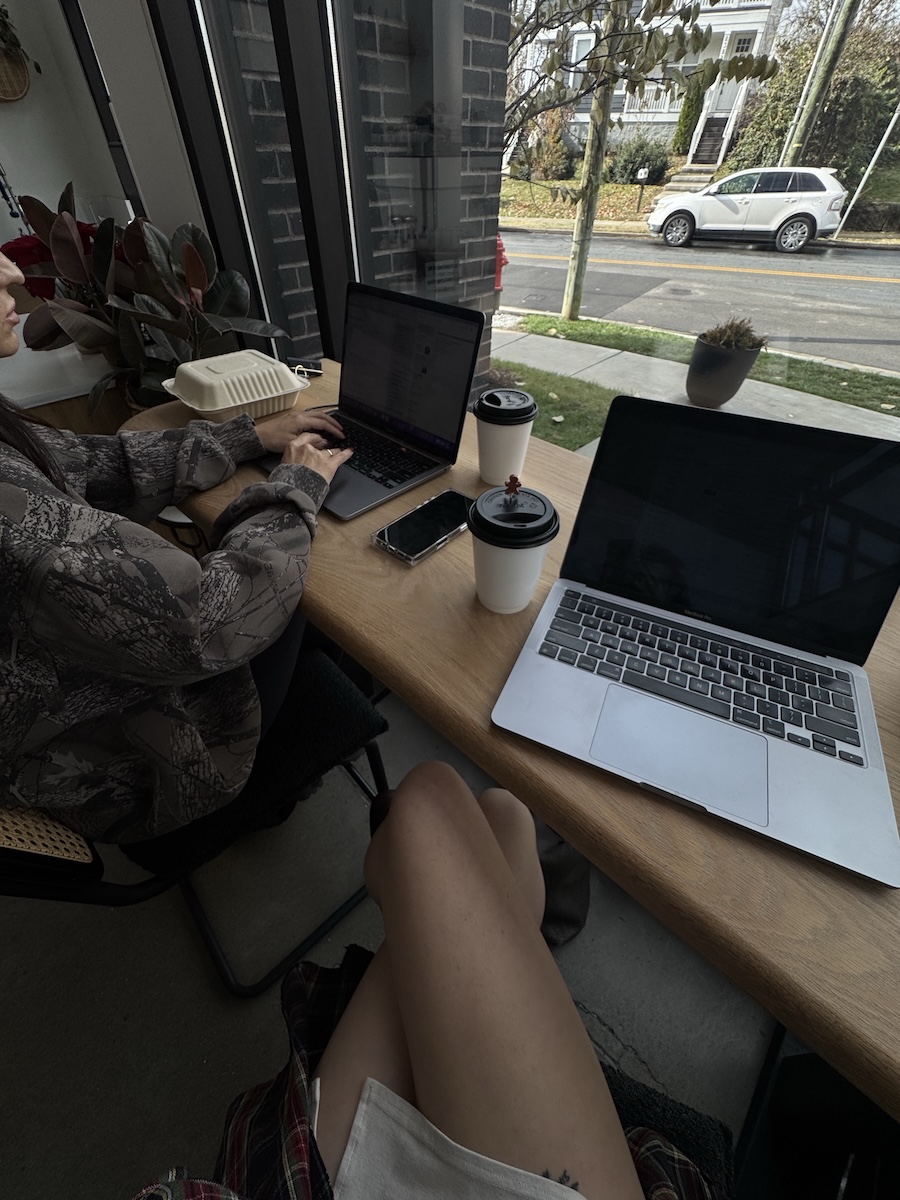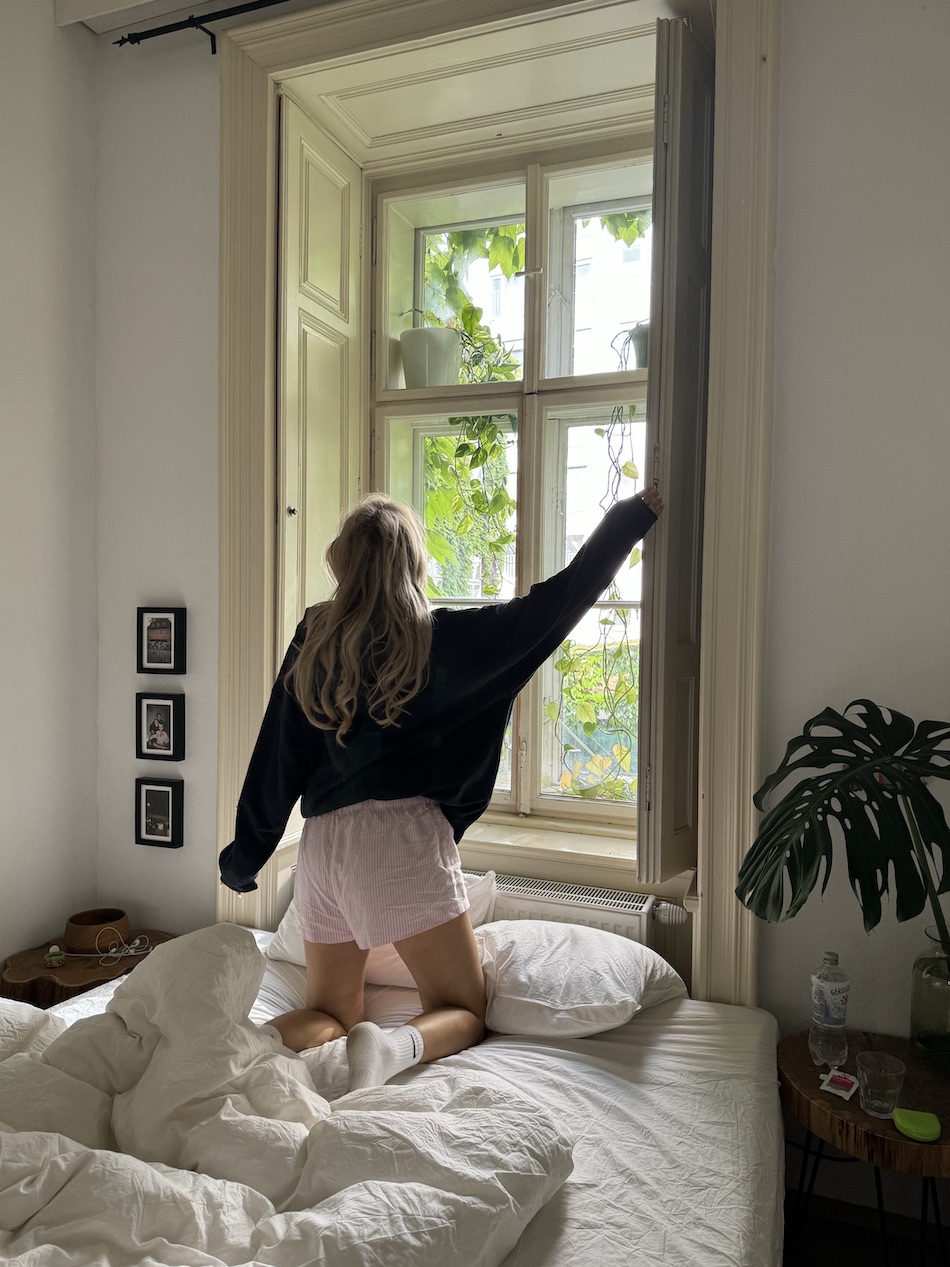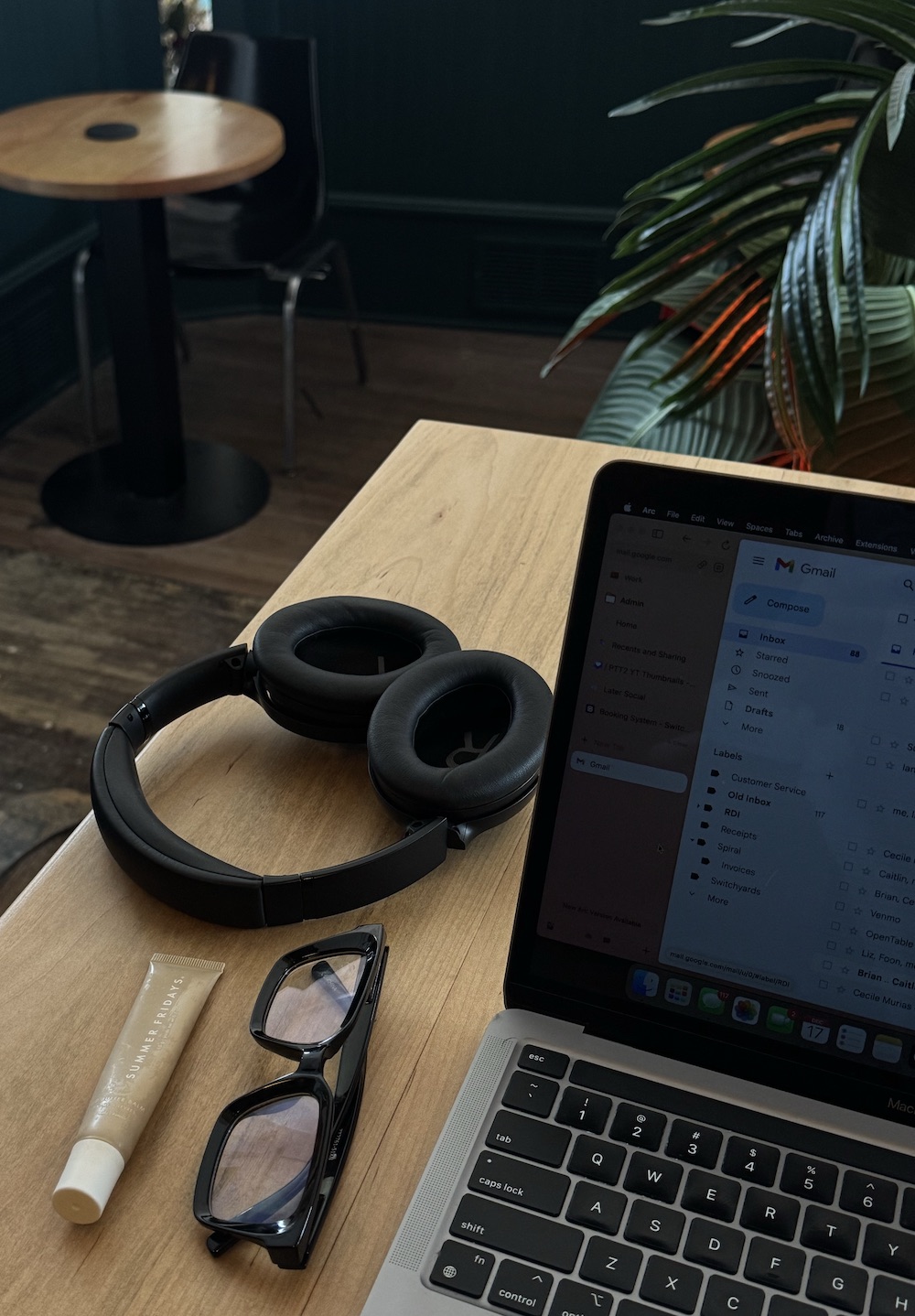If you’re staring at Pinterest wondering how in the world to get your pins seen by actual people, I’ve got you. I’m here to walk you through Pinterest SEO step-by-step.
By using strategic keywords, you can make sure your content gets in front of the right audience at the right time without relying on algorithms that change every five minutes.
First, What is Pinterest SEO?
Pinterest SEO (Search Engine Optimization) is the process of optimizing your profile, pins, and boards so they show up in Pinterest search results. Unlike social media platforms, Pinterest operates more like a search engine. Meaning people use it to search what they’re looking for and find solutions, ideas, and products – like you would on Google. I think of it as a visual search engine.
By strategically using keywords, you can make sure your content appears in front of the right audience when they search for topics related to your business.
Why You Should Put Effort Into Pinterest SEO
Keywords are the secret sauce behind Pinterest SEO and getting your content seen on Pinterest. When someone types a search query into Pinterest, it’s not just random pins that show up. It’s pins that are optimized with keywords matching what they’re looking for. In other words, using the right keywords makes your content discoverable, helping you attract traffic, build authority, and book clients.
What are Keywords? And How To Get Started
Keywords are the words and phrases people type into Pinterest’s search bar to find ideas, products, and services: think “boho wedding decor” or “branding tips for small businesses.” They’re how Pinterest connects what you’re posting to what your dream clients are searching for.
There are two types of keywords you need to know:
- Short-tail keywords: Broad, one-to-two word phrases like “wedding photography” or “home decor.” These get tons of searches but are highly competitive, making it harder to rank.
- Long-tail keywords: More specific, multi-word phrases like “romantic wedding photography with film edits” or “modern boho living room decor.” They have lower search volume but attract highly targeted traffic. People who are your ideal client/customer and will be much closer to booking or buying.
Why We’re Breaking The Keywords Into Categories
Keyword categories make it easier to cover all areas of your business without leaving gaps. Instead of throwing random keywords at your pins and hoping something sticks, organizing them into categories gives your strategy structure.
Each category focuses on a different piece of your business—from what you sell to who you serve—so you can target searches more effectively and show up in front of the right audience at the right time.

6 Keyword Categories to Rank Higher And Build Your Pinterest SEO
Offers
What are you actually selling? Whether it’s wedding photography packages, interior design services, or digital templates, your keywords need to highlight those offers. Think about the exact products or services your dream clients are searching for, and use those terms.
For example:
- “Luxury wedding photographer”
- “Modern interior design services”
- “Editable Canva wedding templates”
Don’t just stop at your main offers. Include keywords for subcategories like “elopement packages” or “living room makeovers.”
Audience
Who are you talking to? This is where you get specific. Are your people brides-to-be, small business owners, or moms planning birthday parties? Get inside their heads and think about what they’re typing into Pinterest search.
For example:
- “Engagement photo ideas for couples”
- “Marketing tips for small business owners”
- “Kids birthday party themes”
You want your keywords to feel like a direct match for your audience’s vibe and needs.
Unique Value Proposition (UVP)
What makes you stand out? Let’s highlight your secret sauce. This could be your style, approach, or expertise. Use keywords that showcase what you’re best at.
For example:
- “Romantic wedding photography with film-inspired edits”
- “Eco-friendly event planning services”
- “Minimalist branding packages for creatives”
This is your chance to flex a little and make sure people know why you’re the go-to for what you offer.
Title
What do you call yourself? Your title needs to be keyword-rich too. Think beyond just your job title and include terms that match what people are searching for.
For example:
- “Wedding planner for intimate celebrations”
- “Personal brand photographer for entrepreneurs”
- “Pinterest strategist for creative businesses”
Don’t sleep on this step — your title can make or break whether someone finds you.
Content Pillars
What topics do you cover in your content? These are your bread-and-butter topics, and each one should have its own batch of keywords. Don’t forget to use Pinterest Predicts trends to stand out!
For example:
- Wedding photographer: engagement photo poses, wedding day timeline tips, elopement planning checklist
- Interior designer: living room makeover ideas, renter-friendly home upgrades, coastal decor inspiration
- Marketing coach: how to grow on Pinterest, email marketing tips, SEO blog writing strategies
Building out keywords around your main topics keeps your profile focused and searchable.
Location
Are you location-based? If so, this is HUGE. You’ll want to add local keywords to show up in searches for your area.
For example:
- “Dallas wedding planner”
- “Seattle branding photographer”
- “Los Angeles interior designer”
Even if you travel for work, include both your home base and the destinations you want to book clients in.
Break down your keywords by focusing on your offers, audience, UVP, title, content pillars, and location can make the process so much more simplified. Once you’ve got those keywords locked in, you’re ready to create Pinterest content that actually gets seen (and booked).
This is your sign to stop overthinking and start pinning with Pinterest SEO in mind, so it can become your #1 platform!
📌 Want to dive into how to break down Board ideas into categories – based on the same principles? Grab our free Pinterest Board Mapping Guide to plan out your first 10 Pinterest boards, the strategic way.








Wow. This is super helpful. I struggle with hashtags. Thank you!
Oh good! So happy that it was helpful, Jennifer!!